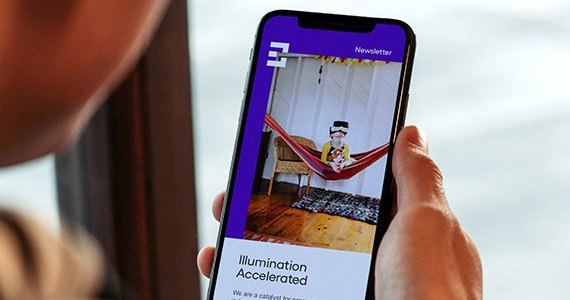
Since its inception in 2001, Net Promoter Score® (NPS®) has been adopted by much of the business world as the brand health metric of choice. This key performance indicator (KPI) is used to track, trend and drive improvement in customer experience over time. It has come in and out of vogue, and can be polarizing in its adoption.
NPS Is Not A One-Size-Fits-All Approach
Personally, I don’t believe NPS accurately represents a consumer’s holistic relationship with a brand. Asking if someone would recommend a company, product or service is typically the sole question that produces the NPS—but the answer does not inherently mean the resulting NPS represents someone’s entire experience. In some cases, NPS is measuring the first and only experience or just the most recent interaction with the brand. One interaction will not erase a lifetime of good ones, but it may signal a change in the customer experience or signal a potential flight risk. It also doesn’t take into account who the survey participant would recommend or why.
Unfortunately, many organizations use NPS as a one-size-fits-all approach to measuring brand health, but very rarely does a customer journey flow in such a way that it should be the default metric. There are some instances where it just may not make sense for the audience, product or interaction/touchpoint being measured in the survey.
Examples of When NPS Is Not Enough
To illustrate what I mean, let’s first consider employee engagement surveys. Asking employees if they would recommend their employer to others assumes they know people who do similar work or they would enjoy working with peers in their friend group. Similar questions occur in B2B customer surveys: for specific equipment, software, or other business needs, asking if the survey participant would recommend the brand assumes the individual knows others for whom the brand is relevant. The problem with this type of question in all of these scenarios is that NPS is more so measuring whether the survey participant is networked with others in the same industry, not whether his or her relationship with the brand is healthy. The end result for the blanket approach use of this metric will likely be poorly-informed business decisions that could potentially have negative impacts on the customers, employees or business functions it illuminates.
As another example, let’s consider the customer of a CVS-like brand who is an avid patron of both the pharmacy and convenience store. She gets the “full” experience of what the brand has to offer and is a perfect candidate for a brand health survey. In the survey, the instructions tell her to only think about the pharmacy while answering the NPS question. Little does the survey know that her particular CVS has been understaffed. As a result, the store’s shelves are generally a mess and there are long lines for the cashier. Independent of that, she receives impeccable service in the pharmacy. This leads to an internal struggle when answering the survey. Her desire to give the survey a good rating conflicts with her experience in other areas of the store. She ultimately rates the store lower than she would have if she had only been thinking of the pharmacy.
It is incredibly hard for people to forget recent interactions and answer questions objectively. In this scenario, if enough survey participants answer in a similar fashion as our customer, the brand is likely to draw the wrong conclusions from the results. It may focus on improving the pharmacy, whereas the real problem is customer experience in the rest of the store. I have seen these sorts of misunderstandings and business impacts happen with some of my clients who engaged us to help unravel this type of confusion, guide them through a more thorough assessment and ultimately uncover more accurate and actionable insights.
More Than Just NPS to Measure Brand Health
Customer relationships are complex, and there are myriad ways to measure and monitor the health of those relationships. While NPS can be a useful brand health metric in some cases, there are other scenarios that deserve a more personalized approach. What I enjoy most is finding the ideal solution and approach for each client’s brand and offerings, and helping chart a unique path to a strong brand and healthy customer relationships.
If you’d like to learn more or discuss how to find the right measures for your brand, click the button below to send us a note.









